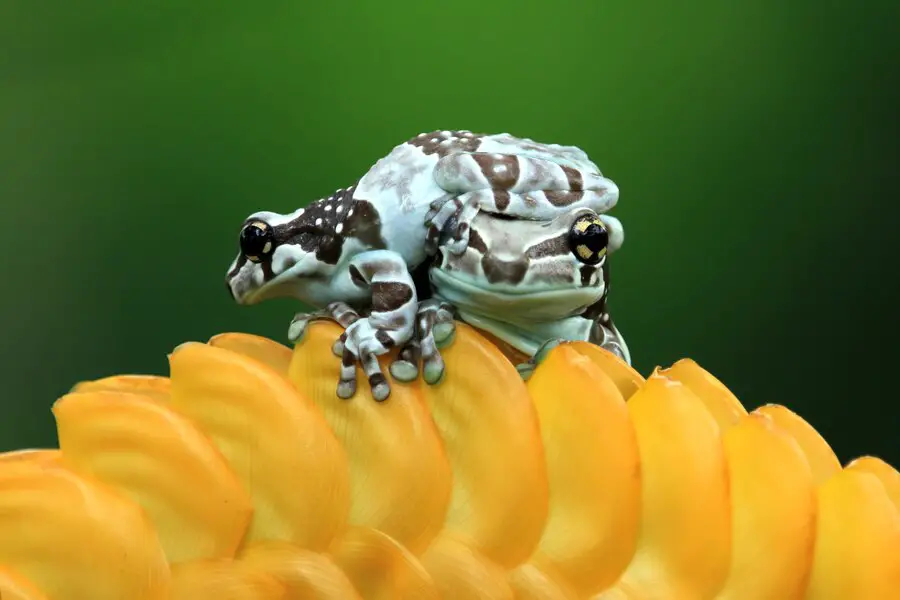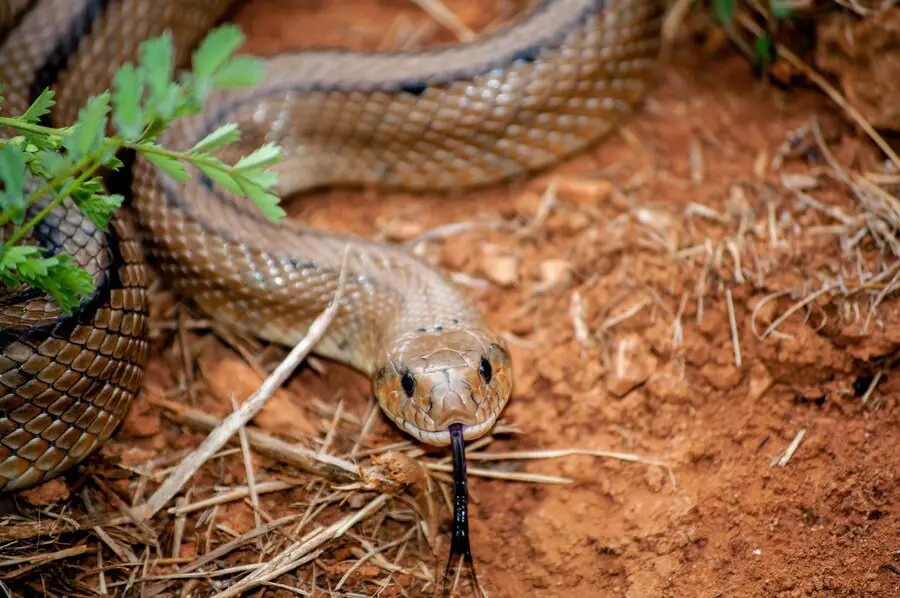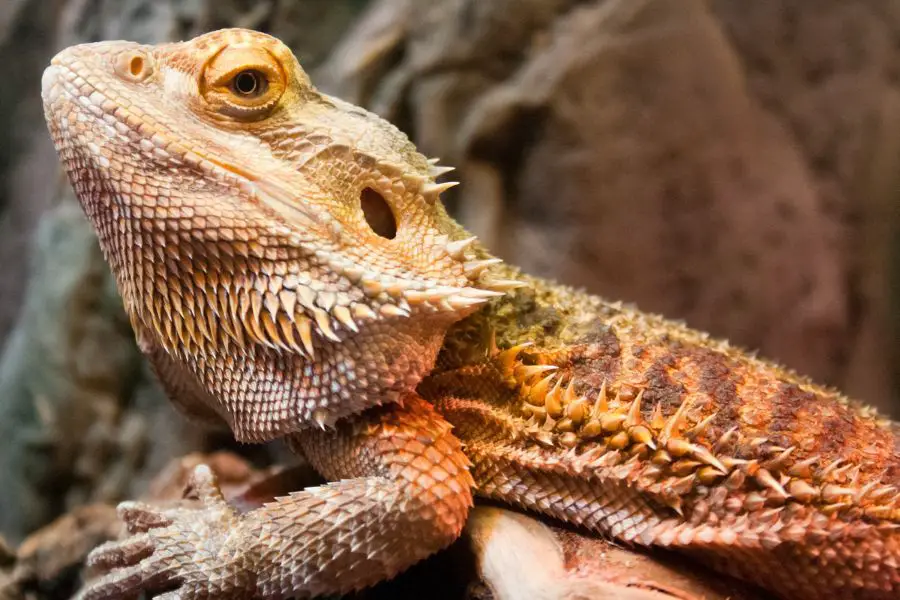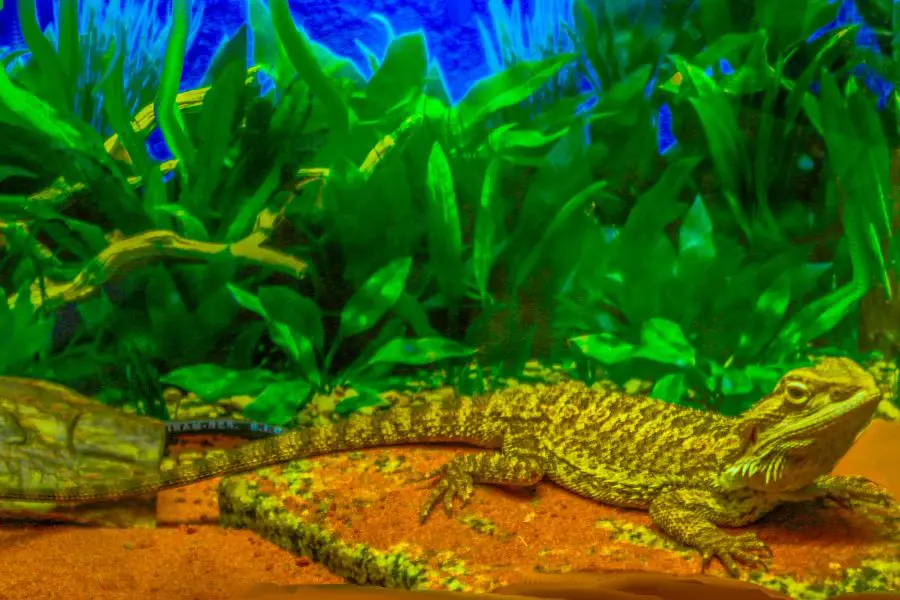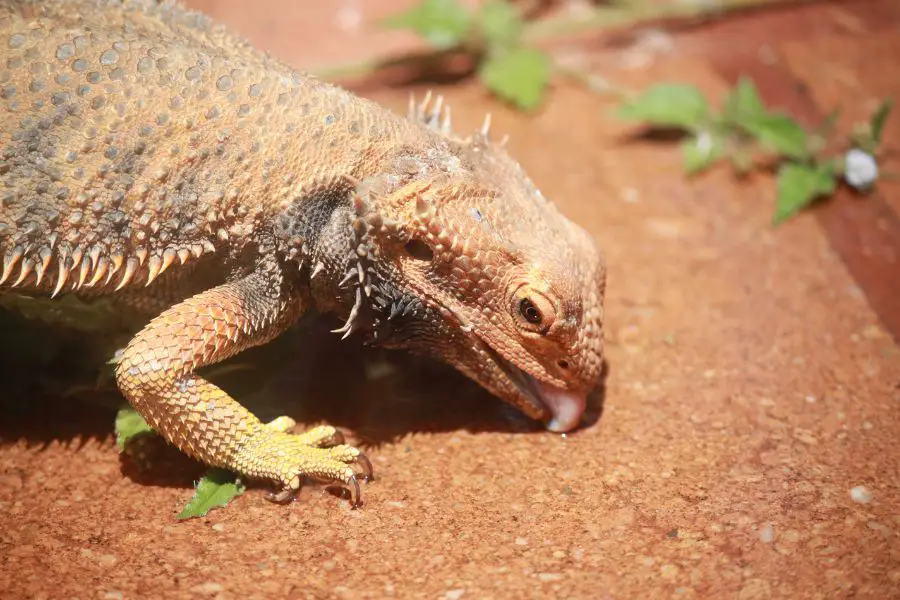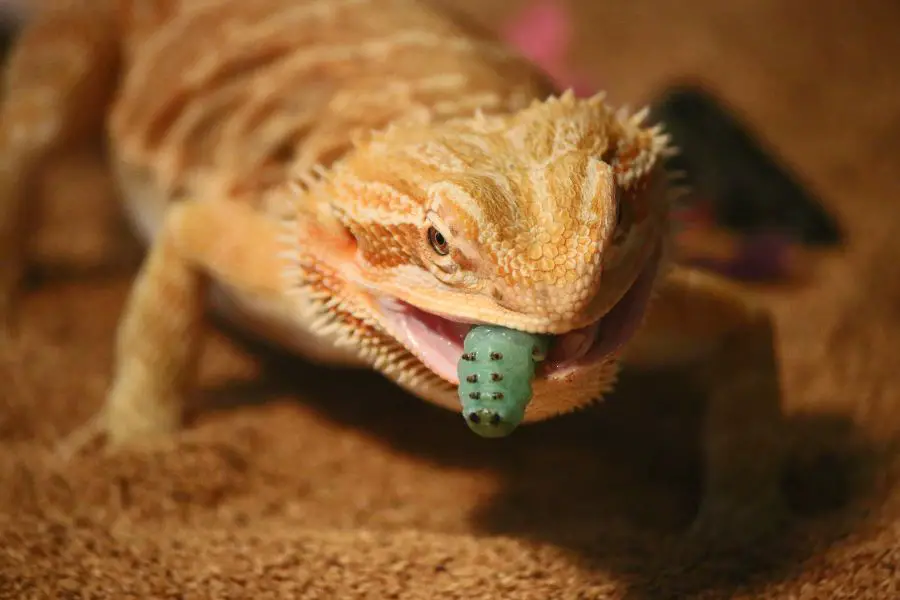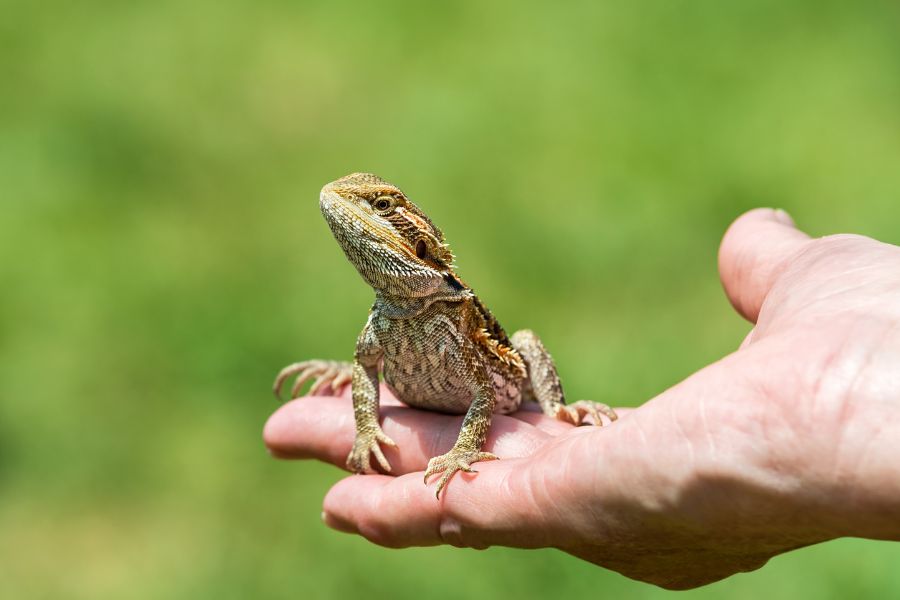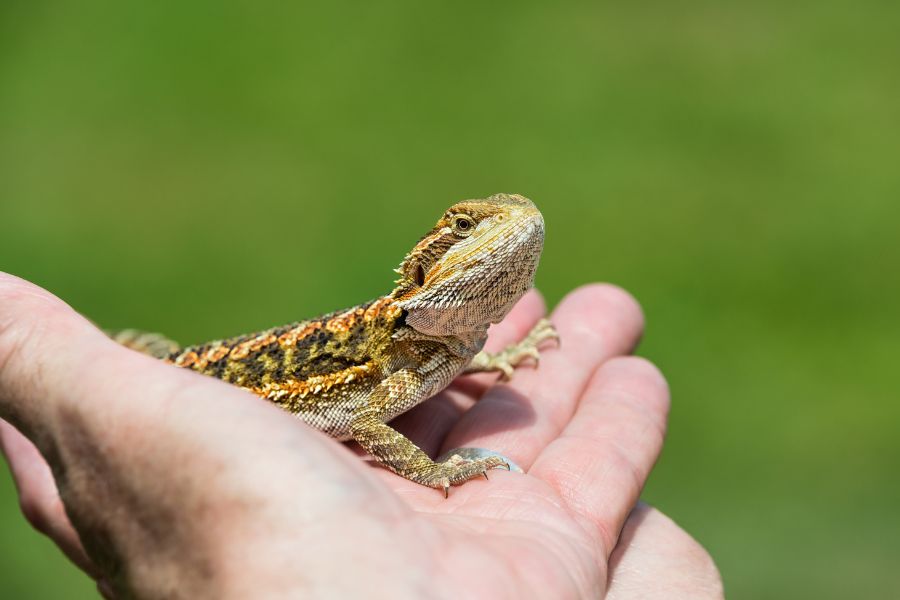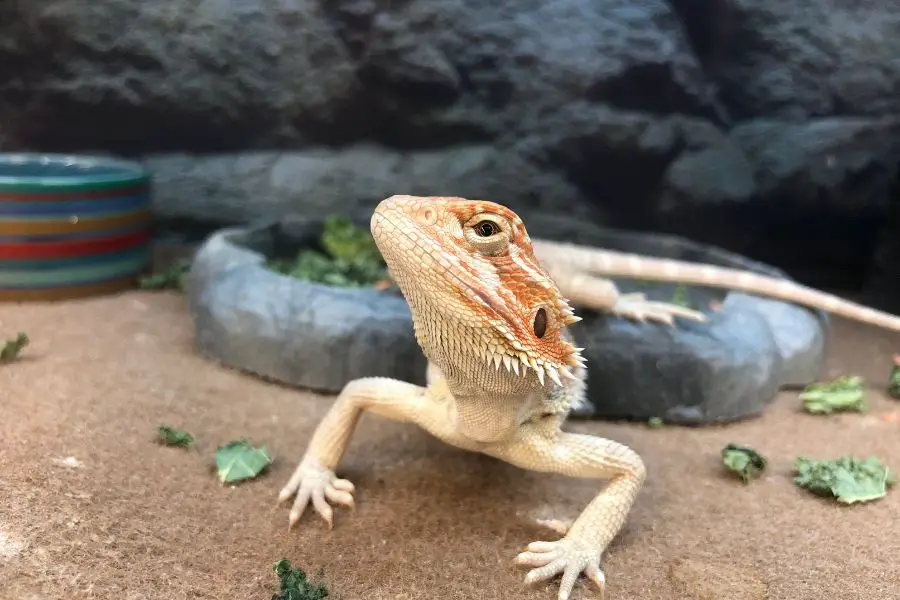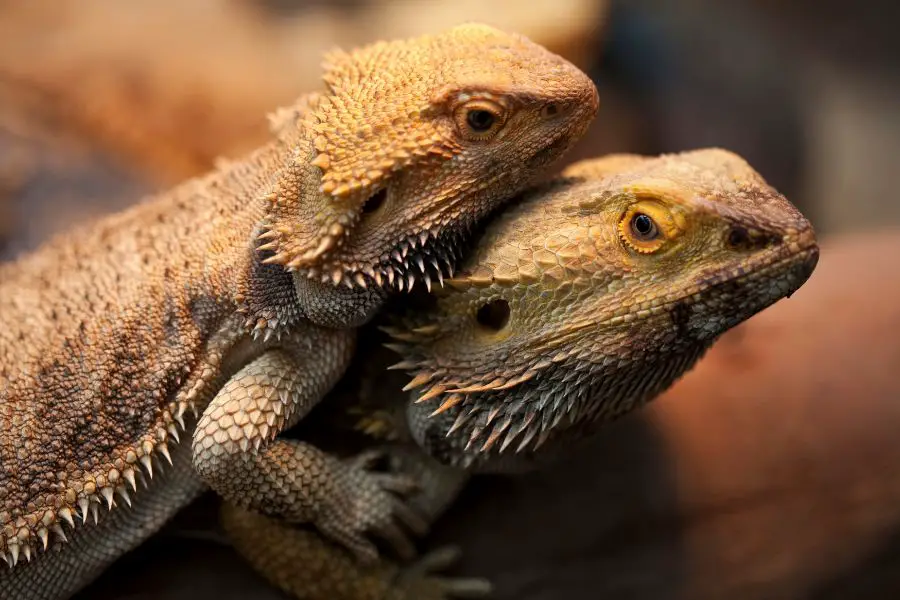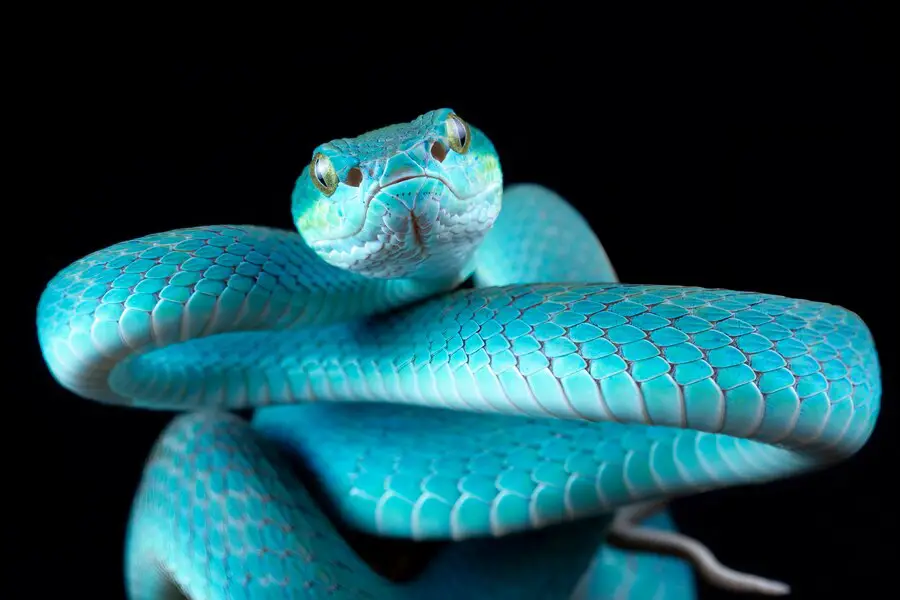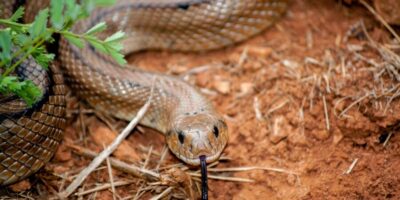Whether you’re a curious reptile enthusiast or considering breeding these amazing creatures, it’s important to know how to tell if a ball python is male or female. By observing external characteristics, such as size and tail shape, and using techniques like cloacal popping and probing, we can uncover the gender of these slithery companions. So, get ready to unravel the mystery and gain a deeper understanding of your ball python pals.
Knowing the gender of your ball python is crucial for providing proper care and for those interested in breeding these captivating reptiles. When it comes to care, male and female ball pythons have different needs in terms of size, feeding requirements, and even potential health concerns. By understanding their gender, you can tailor their habitat, diet, and handling to ensure a happy and healthy life. Furthermore, if you’re considering breeding, knowing the gender is essential for successful pairing and producing offspring.
External Characteristics
When it comes to size, there are some major differences between male and female ball pythons. Generally, female ball pythons tend to be larger and heavier than males. Adult females can reach lengths of 3 to 5 feet, while males usually stay around 2 to 3 feet long. In terms of weight, females can weigh anywhere from 3 to 5 pounds, whereas males typically weigh between 1.5 to 3 pounds.
Examining the shape of the tail is one way to determine the gender of a ball python. Male ball pythons tend to have longer, thicker tails compared to females. Their tails taper gradually and evenly to a pointed tip. On the other hand, female ball pythons have shorter, thinner tails that may appear more cylindrical. The tapering of the tail in females is less pronounced, and their tails may have a more blunt or rounded tip.
Let’s talk about the differences in the thickness of the base of the tail between male and female ball pythons. Male ball pythons have a thicker and more muscular base of the tail compared to females. This is because males have hemipenes, which are reproductive organs located at the base of their tails. These hemipenes contribute to the bulkier appearance of the tail base in males. On the other hand, female ball pythons have a relatively thinner tail base since they do not possess hemipenes.
Cloacal Popping
Performing cloacal popping is a delicate procedure that should only be done by experienced individuals, such as reptile specialists or veterinarians, who have the proper training and expertise. They can ensure the snake’s safety and minimize any discomfort or harm. If you have a ball python and you are looking to determine its gender, I highly recommend you to reaching out to a professional who can provide accurate and safe identification.
It’s vital to approach the handling and care of ball pythons with great care and respect. When it comes to determining the gender or performing any procedures, like cloacal popping, it’s crucial to prioritize the well-being and safety of the snake. These procedures should be done by experienced individuals, such as reptile specialists or veterinarians, who have the knowledge and expertise to handle them properly. They can ensure that the snake is handled gently, minimizing any potential discomfort or harm.
Probing
Probing is another technique used to determine the gender of ball pythons. This method involves gently inserting a thin, blunt probe into the snake’s cloaca to determine the presence and depth of the hemipenes. The probe is carefully inserted and guided along the tail, and depending on the depth it reaches, the gender can be determined. However, it’s important to note that probing should only be performed by experienced individuals, such as reptile specialists or veterinarians, as it requires accuracy and expertise to avoid causing harm to the snake.
Probing is a specialized procedure and should be done by professionals like reptile experts or vets. They have the right tools and skills to do it correctly. Probing involves using stainless steel probes of different sizes to check for hemipenes in the snake’s cloaca. The diameter of the probe used depends on the snake’s size and age. It’s a delicate process of gently inserting the probe and feeling for the hemipenes along the tail.
When it comes to probing, it’s important to exercise extreme caution and prioritize the well-being of your ball python. This procedure requires experience and expertise to be performed safely and accurately. I highly recommend seeking professional assistance from reptile specialists or veterinarians who have the knowledge and tools to carry out this procedure properly. They can ensure that the probing is done gently and without causing any harm or discomfort to your scaly buddy.
Behavioral Differences
While behavioral differences alone may not definitively indicate the gender of a ball python, there are a few general observations that can provide some clues. Male ball pythons tend to be more active and may exhibit a higher level of exploratory behavior. They may also engage in “shimmering,” a rhythmic movement they use during courtship displays. Females, on the other hand, might display more defensive behaviors, especially during the breeding season, as they protect their eggs or their young.
While behavioral differences in ball pythons can provide some insights into their gender, it’s important to approach them with caution and acknowledge their limitations. These behaviors, such as increased activity in males or defensive behavior in females, can offer clues, but they aren’t foolproof indicators of gender. It’s essential to remember that individual snakes may exhibit different behaviors.
Conclusion
While behaviors can provide some hints about a ball python’s gender, it’s important to remember that they’re not foolproof indicators. Males might be more active and engage in courtship behaviors, while females might display defensive behaviors during certain times. However, these behaviors can vary between individuals and be influenced by external factors. To accurately determine the gender, it’s best to consult reptile specialists or vets who can use more reliable methods like probing or popping.
